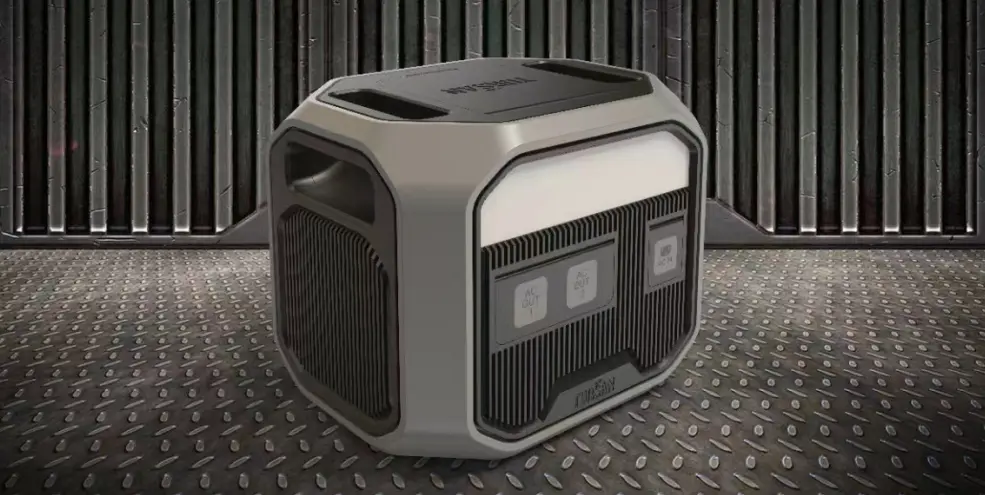
In today’s fast-paced and technology-driven world, a consistent and reliable power supply is crucial for both homes and businesses. While solar energy systems have gained popularity as a sustainable power solution, they are not always feasible for everyone due to factors such as location, cost, and installation requirements. Fortunately, battery backup systems without solar integration provide an effective alternative to ensure uninterrupted power supply during outages. This article explores the benefits, types, and considerations of battery backup systems that do not rely on solar power.
Understanding Battery Backup Systems
Battery backup systems, also known as uninterruptible power supplies (UPS), are designed to provide temporary power during a grid outage. These systems store electricity from the grid in batteries and automatically switch to battery power when an interruption occurs. This ensures that critical devices and systems continue to operate without disruption.
Benefits of Battery Backup Systems
- Reliability: Battery backup systems offer a dependable solution for power outages, ensuring that essential devices such as computers, medical equipment, and security systems remain operational.
- Protection: These systems protect sensitive electronics from power surges, spikes, and voltage fluctuations, which can damage equipment and lead to data loss.
- Convenience: Battery backups provide immediate power without the need for manual intervention, allowing users to continue their activities seamlessly during an outage.
- Scalability: Battery backup systems can be scaled to meet the specific power needs of different users, from small residential setups to large commercial operations.
Types of Battery Backup Systems
- Standby UPS: Also known as offline UPS, these systems remain idle until a power outage occurs. When the power goes out, the system switches to battery power within milliseconds. Standby UPS systems are ideal for home use and small offices.
- Line-Interactive UPS: These systems offer better protection against power fluctuations by using an autotransformer to regulate voltage. They are suitable for environments with frequent power disturbances and are commonly used in small to medium-sized businesses.
- Online UPS: Also known as double-conversion UPS, these systems provide the highest level of protection by continuously converting incoming AC power to DC and then back to AC. This ensures a consistent and clean power supply, making online UPS systems ideal for critical applications such as data centers and medical facilities.
Key Considerations
- Capacity: The capacity of a battery backup system is measured in VA (volt-amperes) or watts. It is essential to choose a system with sufficient capacity to support all critical devices during an outage.
- Runtime: The runtime of a battery backup system indicates how long it can provide power during an outage. Users should assess their power needs and select a system that offers an adequate runtime for their requirements.
- Maintenance: Regular maintenance is crucial to ensure the longevity and performance of battery backup systems. This includes checking battery health, performing firmware updates, and ensuring proper ventilation.
- Cost: The cost of battery backup systems varies based on capacity, features, and brand. Users should balance their budget with their power needs to select an appropriate system.
Battery backup systems without solar integration offer a practical and reliable solution for ensuring uninterrupted power supply during outages. By understanding the different types of systems available and considering key factors such as capacity, runtime, and maintenance, users can select a battery backup system that best meets their needs. Whether for residential, commercial, or industrial use, these systems provide peace of mind and protection against the uncertainties of power disruptions.




